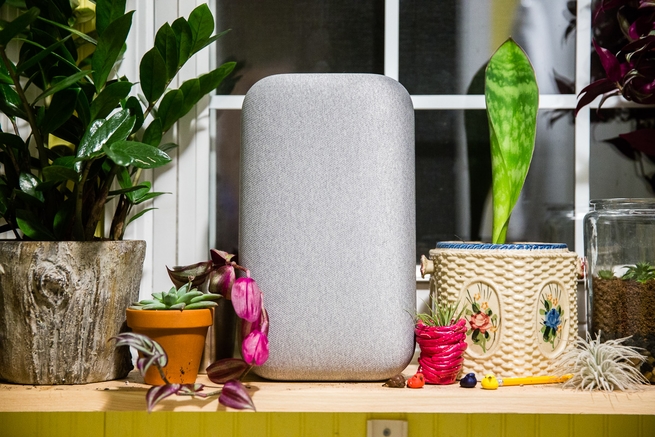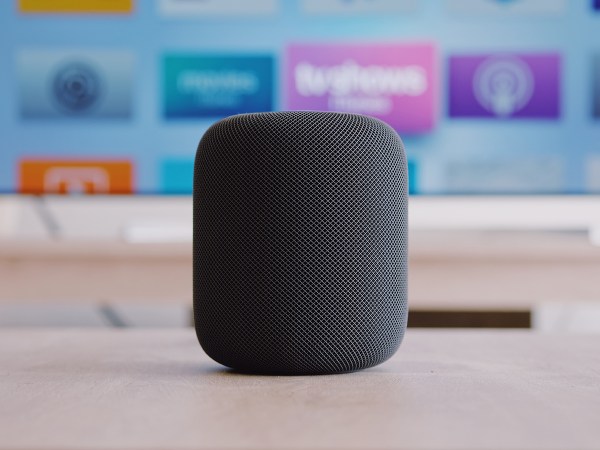

We may earn revenue from the products available on this page and participate in affiliate programs. Learn more ›
Every new tech category creates a new avenue for hackers to exploit. The smart home is no exception. Internet-connected speakers, lights, and thermostats make life much more convenient, but to ensure your privacy, you must make sure no bad actors can wrest control from you. Here’s how to secure your smart home—whether it consists of a lone Amazon Echo or a dozen smart gadgets—so only you can access the hardware.

Secure your router

Smart home security starts with your router. This device serves as the main connection between your gadgets and the outside world, so unwelcome visitors can exploit it to gain access to your wireless gear. To stop them, you must protect your home Wi-Fi with a password.
Even if you already have this safeguard in place—and especially if you’re relying on the default code that came with the router—change it now. Choosing a new Wi-Fi password instantly resets the router’s security, kicking off malicious hackers and access-stealing neighbors alike. When you choose one (here are some tips on selecting a password), make sure to pick a long phrase that’s difficult for anyone else to guess but easy for you to remember. For extra peace of mind, keep swapping out that code on a fairly regular basis.
Not sure how to switch up your Wi-Fi password? You typically perform the task by logging into your router through a web browser. If you’re unsure which website to visit, crack open your router manual to find instructions. If that fails, look up these directions online by running a quick web search for the name of your router model.
While you’re checking up on your router, keep its on-board software, often called firmware, up to date. Although most routers now handle these updates automatically, you should check: Look for references to software updates on the web page about your router’s settings. If you’re unsure where to find it, consult that manual.
Protect your gadgets

Now that we’ve bugged you to refresh your router software, we might as well remind you to update your smart gadgets as well. This may seem like a minor issue, but it’s important to download and install updates as and when they appear. This patches your devices against the latest security bugs and keeps them as well-protected as possible from outside interference.
How you’ll go about this varies from gadget to gadget, but the update process should be fairly straightforward on all your smart devices. When you first set up this gear, you should see an explanation of how it installs updates. In a lot of cases, this now happens automatically, so you won’t have anything to worry about. For instance, with an Echo device, Amazon will apply its updates automatically overnight, and you can manually check whether a refresh is pending by saying, “Alexa, check for updates.” If you’re not sure what to expect, check the instructions that came with your device or visit the support section of the manufacturer’s website for more details. In another example, when a Philips Hue light has an update in the wings, it sends you a message through the official app. You can then choose to apply the new software right away, or to receive another reminder in a week; we’d recommend going for the first option.
Because your phone gives you control of your smart device, you also need to keep the gadget’s app up to date to squash bugs and improve security. On both Android and iOS, you’ll automatically receive prompts to do this whenever new apps are available. You can also check manually. On Android, launch the Play Store app menu and go to My apps & games > Updates; on iOS, open the App Store app and tap Updates.
Maintain good security habits

Every smart-home gadget has its own security settings. Still, many of them follow the same general rules. Here are the steps you should take with any smart device.
First, if you can protect any of your gadgets with a password, then do it. Remember, don’t reuse a password that you already have in place somewhere else.
If you have the option to personalize your tech, take advantage of it. For example, you can train your Google Home to recognize your voice alone: Open the Google Home app, tap Account, then the cog icon, then Assistant > Voice match. This will stop burglars and inquisitive family members alike from accessing your calendar or other private information.
You can power down certain devices, such as lights and motion sensors, for a set part of the day. We recommend that you enable this option—no one can run an attack on your tech if it’s switched off and disconnected from the web. Speaking of which, don’t forget about your older devices. Once you stop using a gadget, make sure to disconnect it from your network and power it down before storing or getting rid of it.
We’d also recommend buying smart home devices from companies you trust, whether that’s Amazon or Samsung. The tech firm in charge of your smart home has a privileged position; it can more easily connect to your home network and, potentially, to the other devices on it. Choose companies that deserve your trust.
Finally, keeping your smart home secure means protecting all your other connected gear as well. Everything on the same Wi-Fi network is connected, which means removing dodgy browser extensions on your laptop can help keep your smart plugs safe. We’ve already discussed how to protect your router and Wi-Fi network: Update its software and regularly change your Wi-Fi password. While you’re at it, keep everything with a web connection—that means computers, phones, and tablets—right up to date as well.
For more tips on running a tight and secure network, check out our comprehensive guides to staying safe online and protecting against malware infections. That’s the best way to protect your smart home, and all the gadgets it contains.















